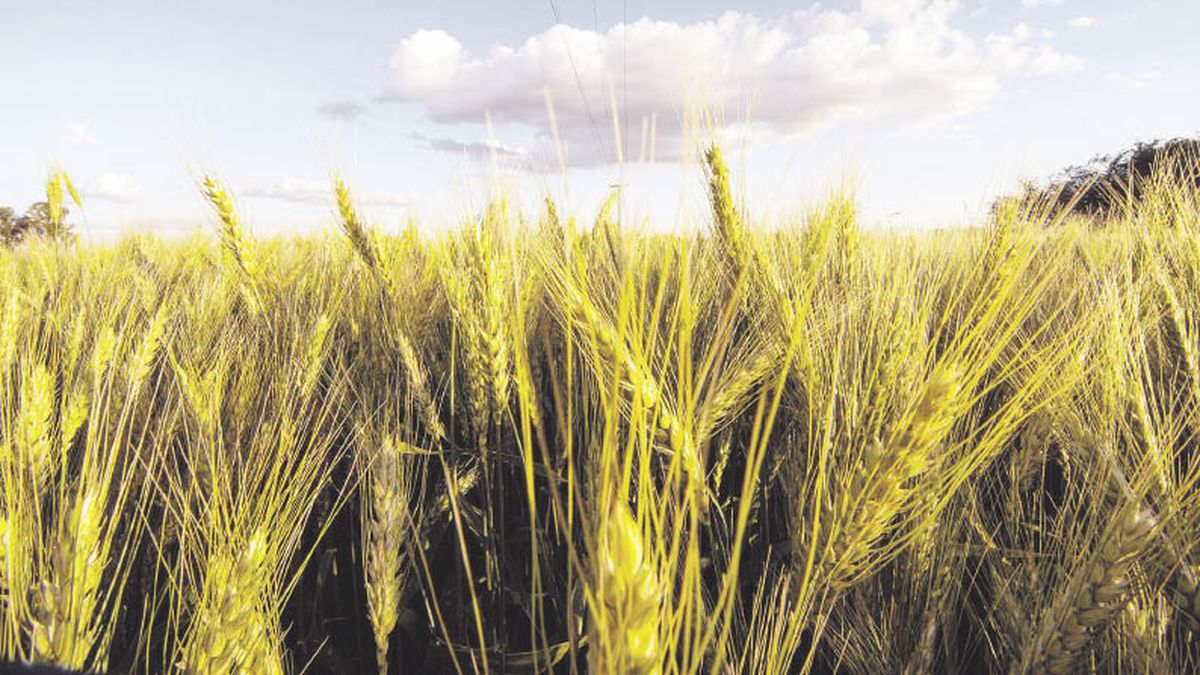The professor of the Center for Agribusiness and Food of the Austral University, roman danteanticipated this week that, due to the effect of the drought, there will be a lack of wheat grains from the next campaign, whose export has already been authorized this year.
The significant lack of rain is reflected, for example, in the fact that only 30% of the region exceeded five millimeters in recent months.
“This event is far from showing a change of course in the dry pattern that affects the center of the Pampas region. A very important circulation of cold and dry air is expected that will severely affect Córdoba and Buenos Aires, and to a lesser extent measured in Santa Fe. There are risks of moderate frosts at a key moment for wheat. This cold circulation also distances the positivity of rains in the next seven days”, the Rosario bag.
According to the report, of 1.2 million hectares planted with wheat that are still harvested, 34% are in poor condition, 46% fair, 18% good and 2% very good.
Last year at this same date, “floors” were estimated to yield between 35 and 40 quintals per hectare: today in the core region the expected yield ceilings are 30 to 35 quintals per hectare. The agronomists agree that with each week that passes without significant rains, the yields are adjusted downwards and it is increasingly difficult to think of a recovery.
How does it affect corn?
The drought also affects the corn: there are seeded in the core region 135,000 hectareswhich represents a 9% of the total area intentional. The planting deadline is October 15, therefore, the 2022/23 corn cycle would have the lowest early planting in the last ten years.
In Between rivers the scenario is similar. The lack of rain that has been recorded since autumn complicated the wheat sown for the 2022/23 campaign, which will affect the final production and the average yield per hectare, according to the province’s Cereal Exchange.
Approximately 500,000 hectares were planted for the agricultural cycle, where most of the lots are between the stages of heading and grain filling. It is at these moments when the cereal presents its maximum water demand and where the current deficit scenario directly affects a drop in performance potential, explained the agency.
If the drought increases, the yield “will tend to fall”
Currently the provincial average yield would be 2,800 kilos per hectarebut if “the current scenario” of rains and drought continues “it will tend downwards”, below the provincial average of the last five years (3,078 kilos per hectare)said the Stock Exchange.
21% of the sown wheat plants have a very good phenological condition, 49% were classified as good, 23% remain regular and 7% were declared in poor condition. Compared to the first week of September, the rating from good to very good fell 19%, which the stock market entity pointed out as a result of the little rain.
The precipitation accumulated average between the months of may and september of the years since 2010 and 2020 it was 300 millimetersbut in 2021 the total accumulated it was of 2749% lower, and in 2022 came only to 128 millimeters. In addition, the distribution of rainfall was very uneven, generating two scenarios.
On the other hand, the Stock Exchange reported that the 90% of the nearly 420,000 hectares planted with premium maize is in good or very good phenological state and the remaining 10% is in fair or poor condition.generally due to the frosts recorded during September, for which the situation was classified as “good” and with “a good number of plants” per hectare.
The Buenos Aires Stock Exchange had already warned of the effect of the drought on other crops, such as barley, sorghum and soybeans. According to the latest survey of the Buenos Aires Cereal Exchange, to date 51.1% of the implanted area has a regular/dry water condition. If this scenario continues in the coming weeks, a new production cut is expected from 17.5 million tons, estimates the entity.
Source: Ambito
David William is a talented author who has made a name for himself in the world of writing. He is a professional author who writes on a wide range of topics, from general interest to opinion news. David is currently working as a writer at 24 hours worlds where he brings his unique perspective and in-depth research to his articles, making them both informative and engaging.




